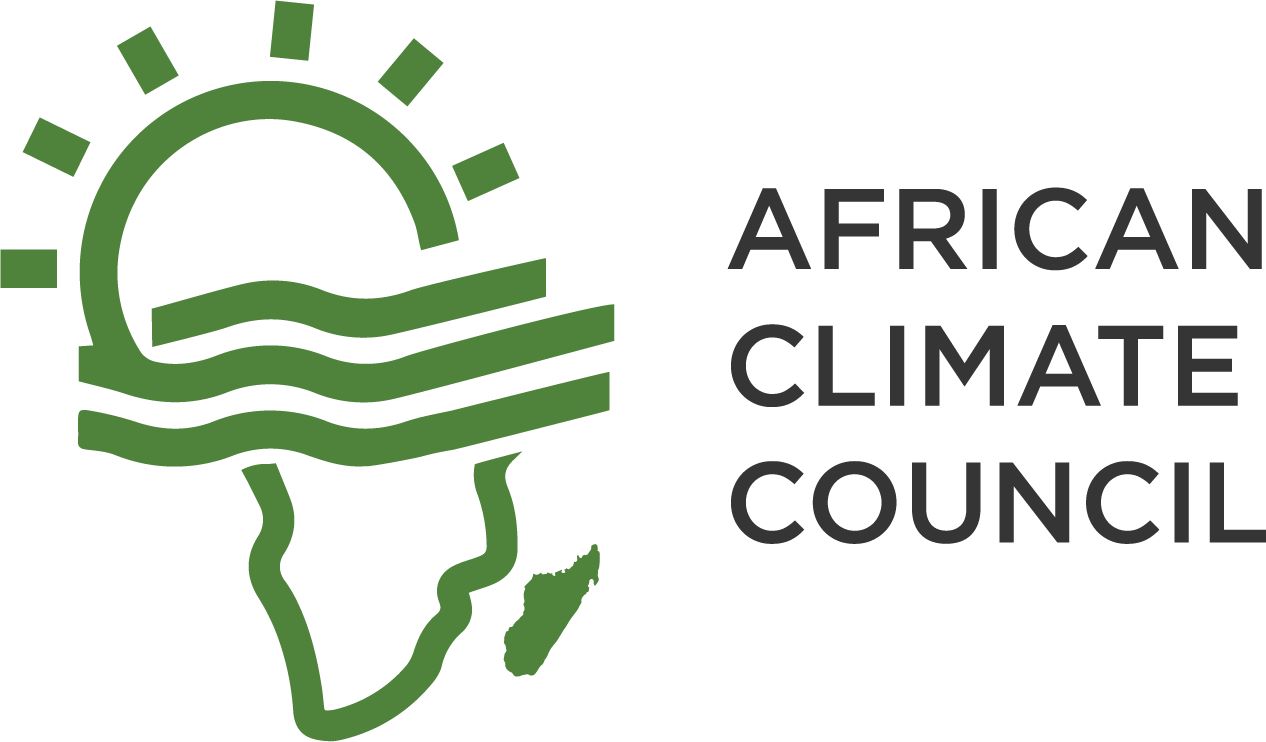
The uncertainty surrounding carbon markets is still developing, with experts divided on the significance of the carbon trades. The Kenyan Ogiek Community are unfortunately on the negative end, where the group risks losing their land to carbon market activities.
Ogieks, with a population of about 20,000, reside in Kenya’s Mau and Elgon forests, which are primary regions in president William Ruto’s push for carbon capture profits. Moreover, they are amongst few remaining hunter gatherer communities in East and Western Africa, and are known for bee keeping within the Mau forest. Also, the 400,000 acres stretch holds great Ogiek history and cultural significance. Therefore, eviction from the forest means losing the Ogiek’s identity, especially as an indigenous Kenyan tribe.
According to community member Towett, “We should not be the last generation… we have to address the environmental needs and challenges that we are facing.” Apart from the carbon markets, the government blames communities residing in Elgon and Mau forests for polluting the environment through deforestation.
A conservationist, Mordecai Ogada while speaking to the Humanitarian, disagrees with the latter and points out carbon Credits profits as the primary reason for the Ogiek eviction. He adds that lacking clear carbon credits policies poses a greater environmental danger like destruction of water catchment areas, more than damage done by people living in the forested regions.
Despite its projected benefits regarding climate finance, Kenyan carbon markets are linked to more negative factors like corruption through delayed compensation, land grabbing and misappropriation of acquired funds. As a result indigenous communities like the Ogiek are endangered, leading to the inevitable slow death of the rich Kenyan cultural heritage.


Add a Comment